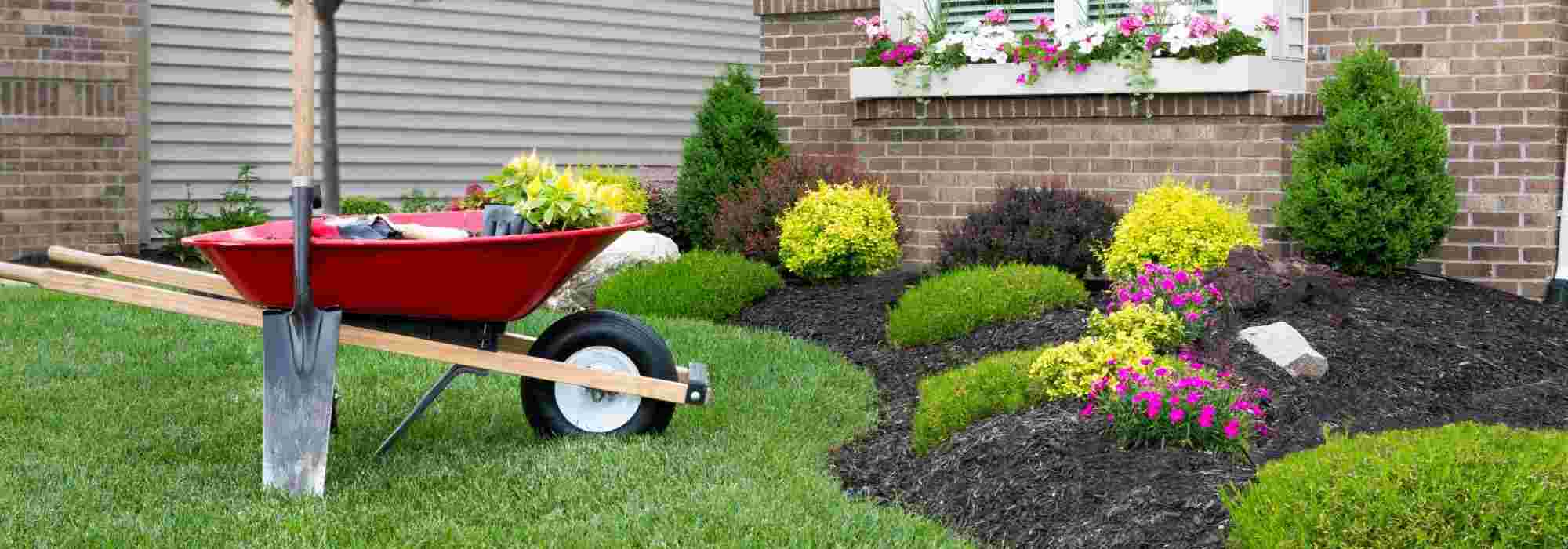
What is the purpose of a root barrier?
A rarely used tool: wrongly so!
Contents
A root cutter, also known as a root barrier, is a gardening tool designed to easily cut the roots of a dead or to-be-moved tree or bush. Although rarely used, the root barrier is actually more effective than a spade or a trowel, as it easily slices through even large roots and allows for work in tight spaces.
What is a root barrier?
A root barrier or root cutter is a gardening tool that allows you to easily cut the roots of a tree or a bush, even the toughest and thickest ones.
This tool consists of a handle made of wood or stainless steel and a straight spatula-shaped blade. The metal socket holds the blade with a sharp edge, forged from shock-resistant and torsion-resistant carbon steel. The blade is often polished to a mirror finish, which allows for better penetration into the soil and prevents the earth from sticking too much to the tool.
The handle is usually finished with a “D” shaped grip for better handling and easier use during heavy work. This grip allows you to apply your full weight to drive the head of the tool into the ground.
The Spear & Jackson root barrier is an excellent example. It is a durable and sturdy tool thanks to its carbon steel blade and tubular stainless steel handle.
Do not confuse! A root barrier is not a gardening tool, but an element placed to create a physical barrier around a plant with an invasive root system, such as certain bamboos or suckering bushes.
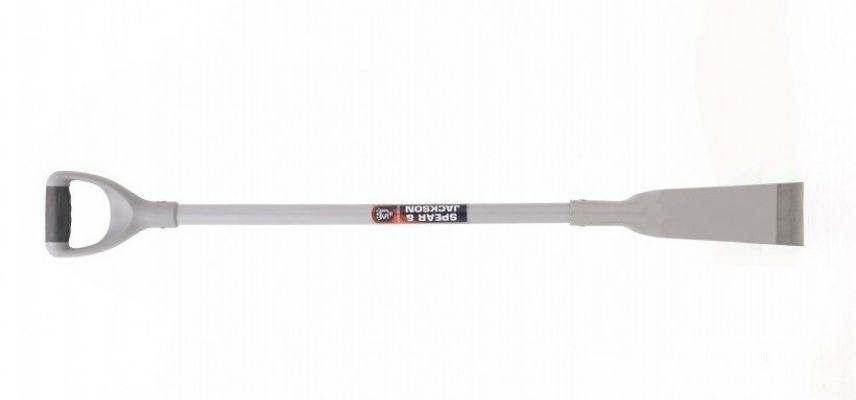
Spear & Jackson root barrier
Read also
What is a weeding knife used for?What is the purpose of a root barrier?
The two main advantages of root bars are the tool’s robustness, allowing for heavy-duty work, and the narrow width of the sharp blade for working in tight spaces.
Root bars provide an excellent alternative to forked spades, trowels, and “simple” spades for uprooting dead trees and bushes. Indeed, it is sometimes necessary to uproot declining or troublesome shrubs, trees, or hedge plants. For example, during the design of a garden or the construction of a house, or when the root system directly threatens pipes or foundations.
However, this tool can also be used to relocate a misplaced bush by cutting through the roots. In this case, it is essential to cut the roots in a circle around the plant, but at a sufficient distance to retain as many roots as possible: one metre around the plant will suffice. It is important to remember that only young trees and shrubs or those with a cespitose root system (in clumps) like rhododendrons, for example, can be moved using a root bar.
Discover other Weed blades, root pullers and specific tools
View all →Available in 1 sizes
Available in 1 sizes
Available in 1 sizes
Available in 1 sizes
Available in 1 sizes
Available in 1 sizes
Available in 1 sizes
Available in 1 sizes
Available in 1 sizes
Available in 1 sizes
How to use a root barrier?
The root cutter or anti-root bar is preferably used on slightly moist soil, which facilitates the blade’s penetration into the ground.
- To uproot the bush or tree to be moved: first clear its stump by pulling out the herbs surrounding it;
- Then remove the surface soil around the larger roots;
- First cut the largest visible roots that extend from the base of the trunk;
- Insert the sharp blade all around the stump, forming a circle slightly further from the trunk (50 cm for a dead bush, about a metre if it is still alive);
- Use a lever motion with the handle all around the trunk to pivot the plant. This allows it to tilt, or even lie down, to complete the uprooting. In some bushes, the main root is a taproot (essentially a large carrot) that plunges directly into the soil beneath the trunk. Tilting the plant allows access to this large root and enables it to be cleanly severed with the bar.
- Subscribe!
- Contents
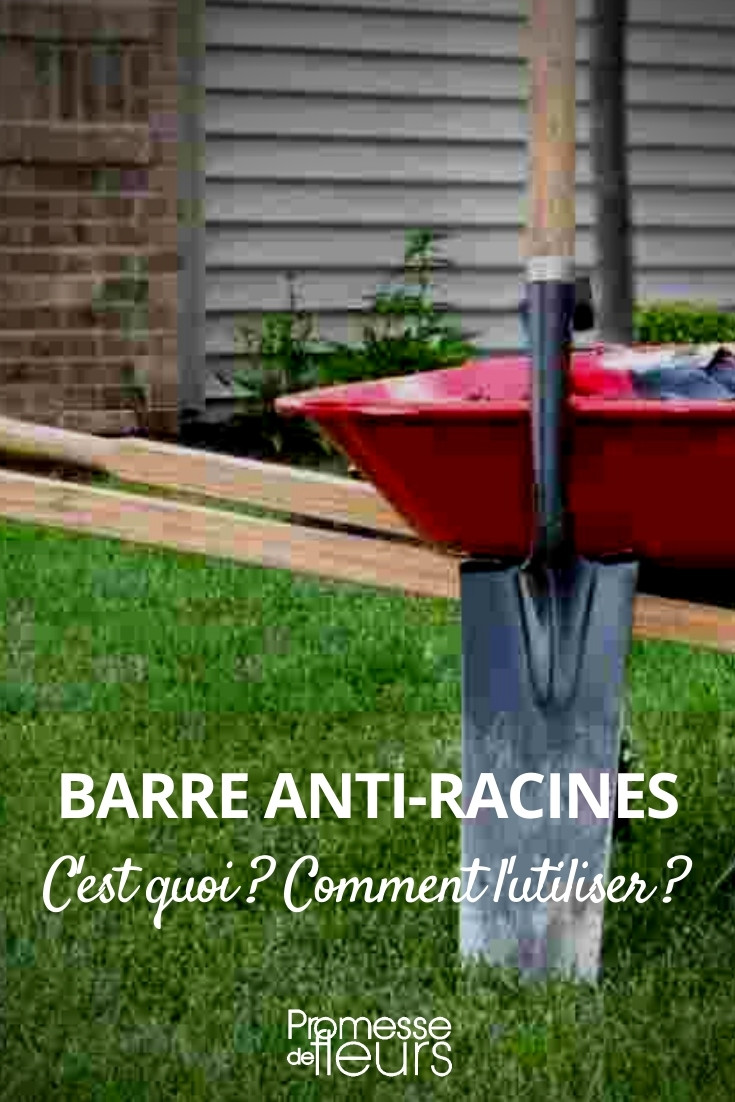


































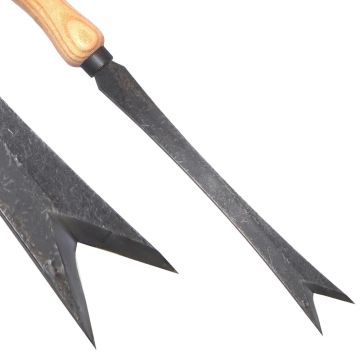

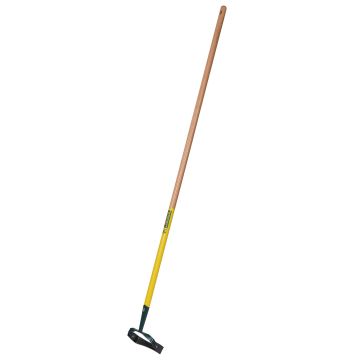


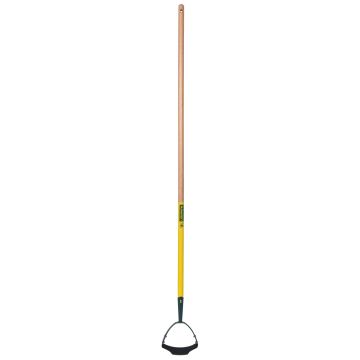

Comments